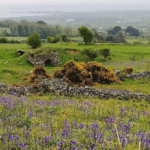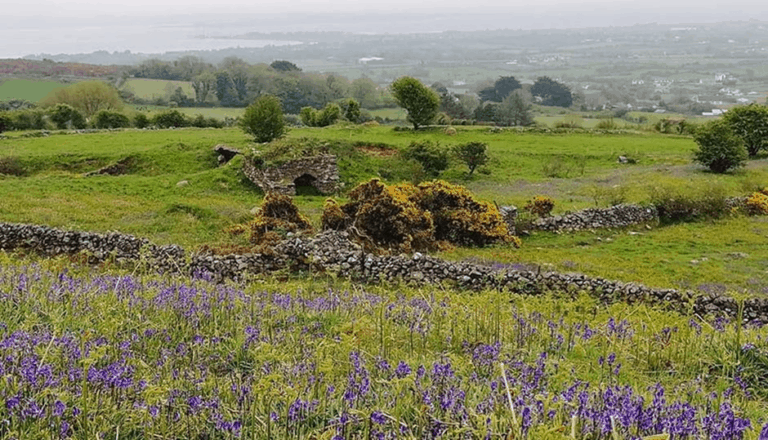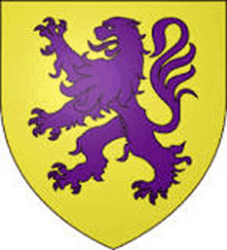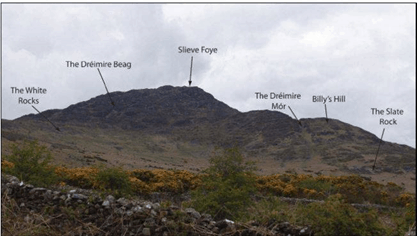The question is – will we get back out in the hills in time for the bluebells?
This is Grange Irish at the southern end of the Cooley’s, not far from the famous Deserted Village. Here the volcanic granite, basalt and gabbro of Slieve Foye give way to limestone and that explains the little building in the centre of the photo.
This is a lime kiln where chunks of limestone were burned between layers of wood and turf. The opening at the front was used to control the draught to ensure that the stone smouldered slowly for a week or more. The resulting powdery quicklime was spread on fields to counter acidity in peaty soils, slaked with water to make mortar for building or made into a thin solution for whitewashing.
Burning lime, like grinding corn, was a landlord monopoly and lime was dear. Along the coast people also made lime by burning seashells or sometimes by just pounding them to fine fragments. Anyone fixing up an old house around Omeath will sooner or later find shell fragments in the mortar.















